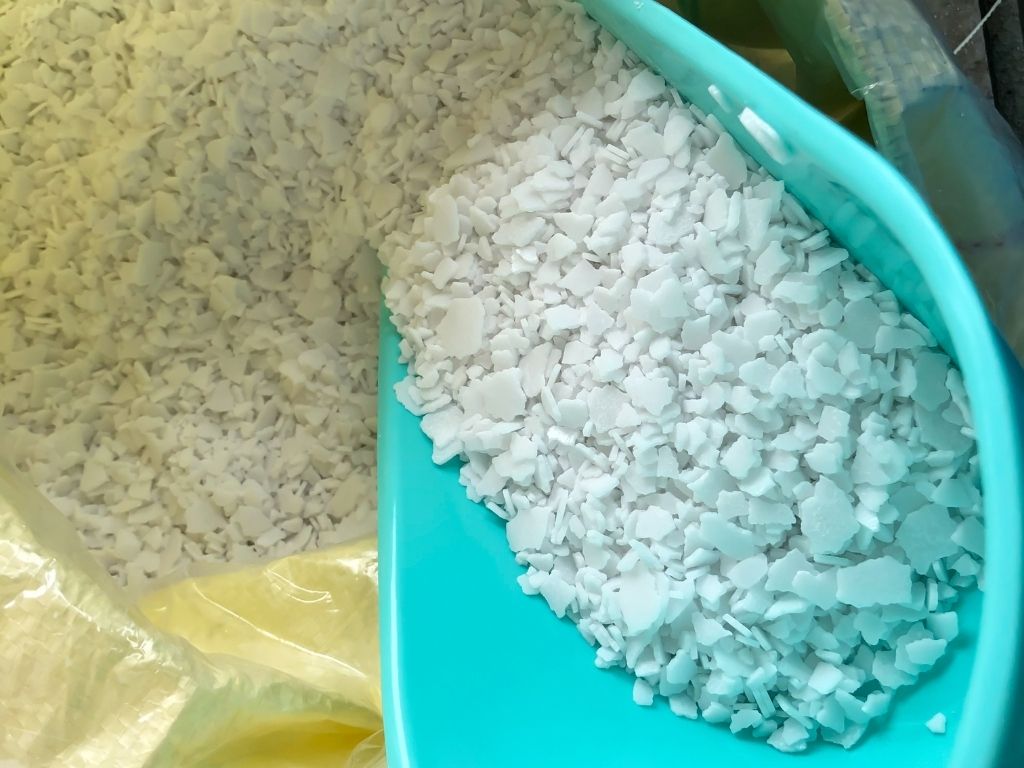
Oh the dreaded lye… the caustic soda that burns your flesh off and you shrivel up and die. Well that’s what legends says about the substance but do you really know about sodium hydroxide?
The scientific name is sodium hydroxide but many different cultures have various names for it such as lye or caustic soda. No matter its name its the same substance.
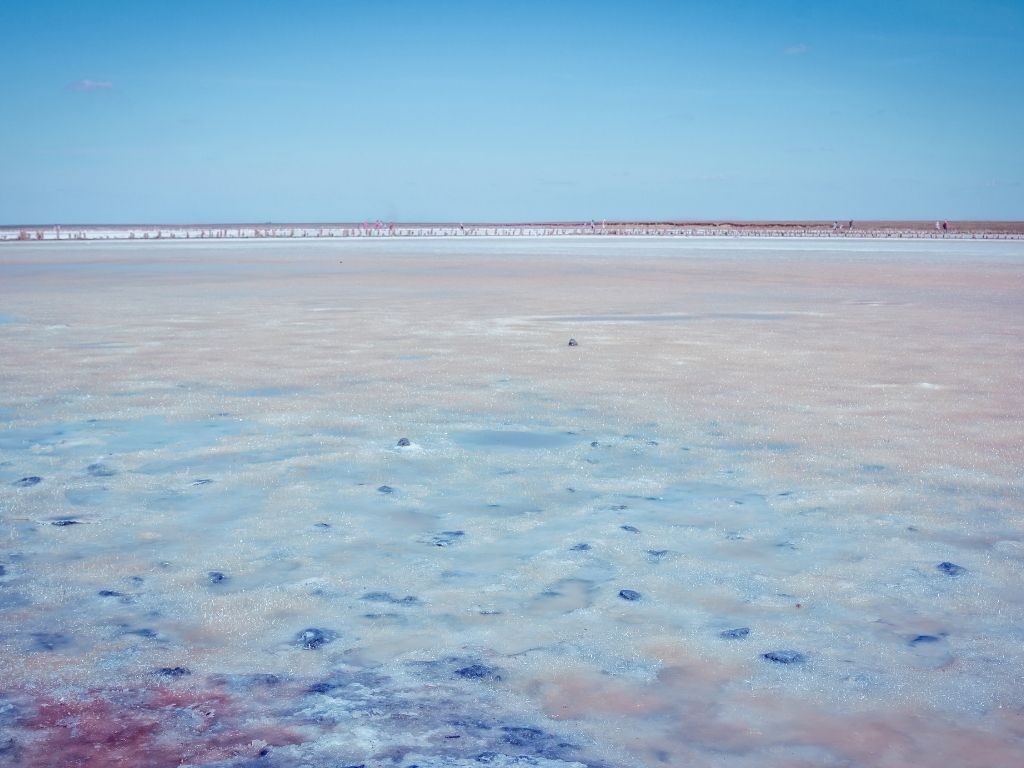
How is sodium hydroxide made
Sodium hydroxide is made using electrolysis and a salt brine.
Contrary to popular belief wood ash lye is not the same as sodium hydroxide lye. Lye made from ashes produce potassium hydroxide while lye made from a salt water solution is actual caustic soda aka lye or sodium hydroxide.
The process of electrolysis to make lye can be seen here ate Wikihow. Although soap can be made from potassium hydroxide or wood ash/pot ash. There is a difference between the final products.
Soap made from true sodium hydroxide are usually harder and made into bars while soaps made out of potassium hydroxide are softer or often are liquid soaps
The process of making sodium hydroxide can be done by one of three processes. Electrolysis, use of a diaphragm or a membrane. Each process requires some sort of electricity, salt water and mechanical machinery and heat to produce caustic soda.
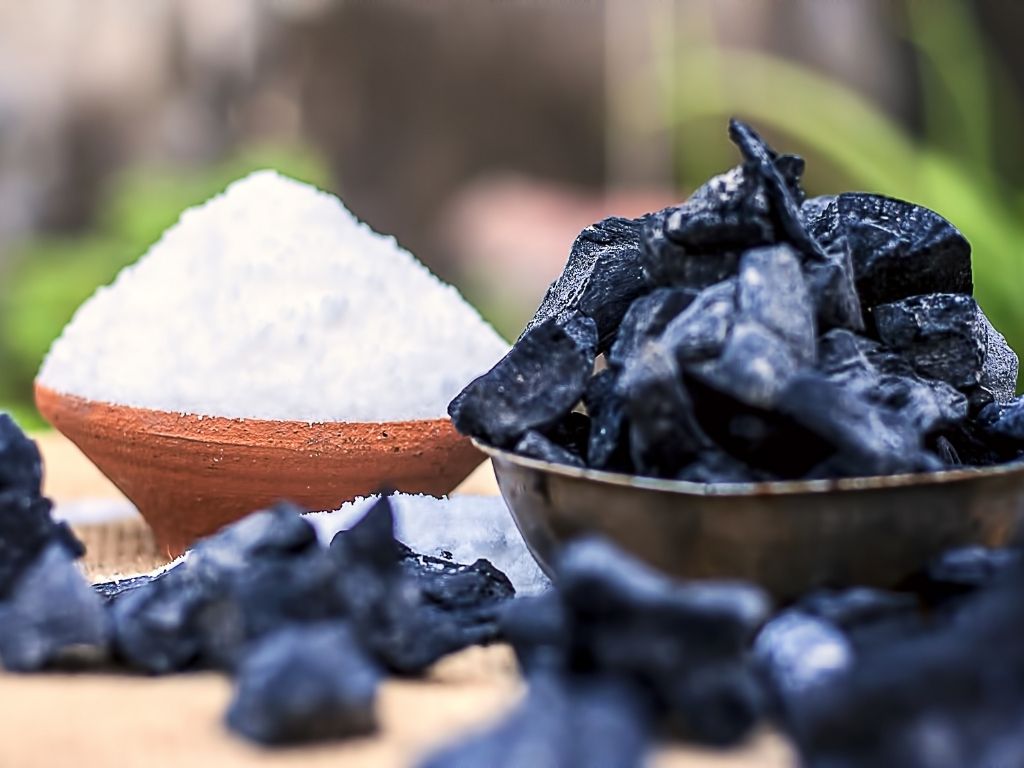
How is sodium hydroxide used in soap making?
Sodium hydroxide is soluble in water and other liquids. It is also a strong acidic base that will combine with the fats of your oils to produce soap.
Dissolving lye into water makes it easier to combine with oils, butters and other fats to start the saponification process. Mixing the right amount of water to lye ratio is important to convert fats into soap.
This is where the use of a lye calculator comes in to play. Each oil or fat requires a certain amount of sodium hydroxide to convert it into soap. Hence when making soap with one or more oils its good to know how much is enough and how much is too much lye.
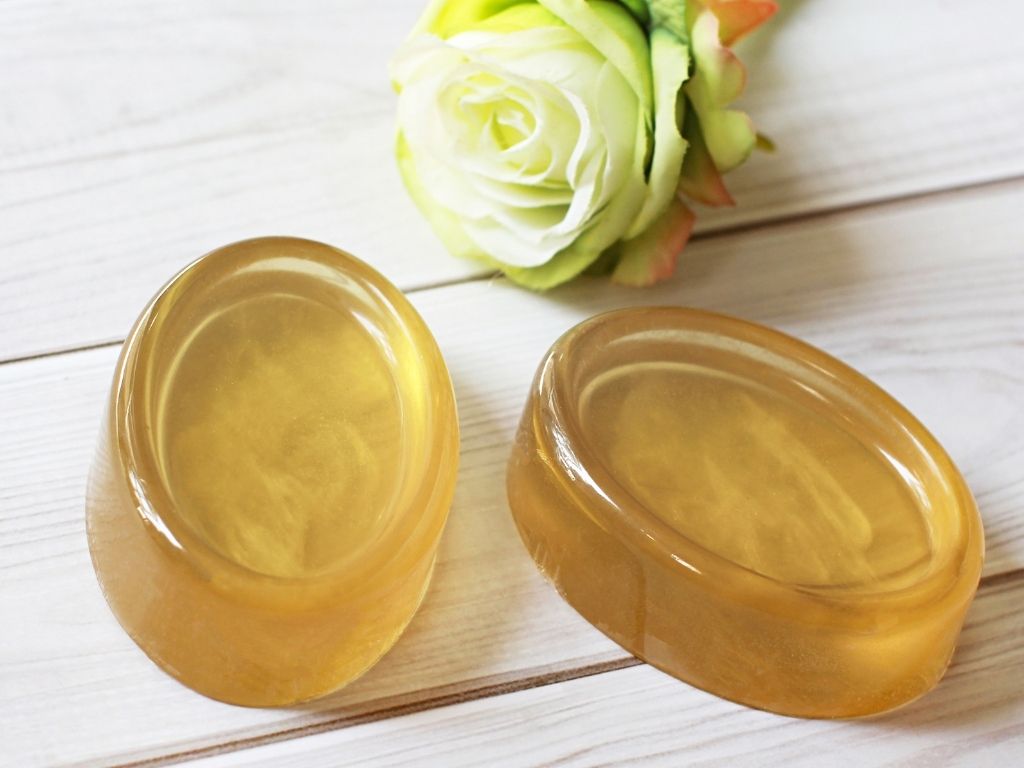
Can you make soap without lye?
Technically you cannot make soap without sodium hydroxide aka lye.
There does exist a type of soap base called melt and pour soap that does not contain any lye when you use it however to make the soap base it required the introduction of lye.
Once soap is made the lye combines with the oils to make the soap and if the recipe was correct there will be no trace of sodium hydroxide in the soap.
Because of the end product some persons will say you can make soap without lye. This isn’t totally incorrect as melt and pour soap base does not require you to handle any lye but to make that soap base lye was introduced and has been chemically changed into soap.
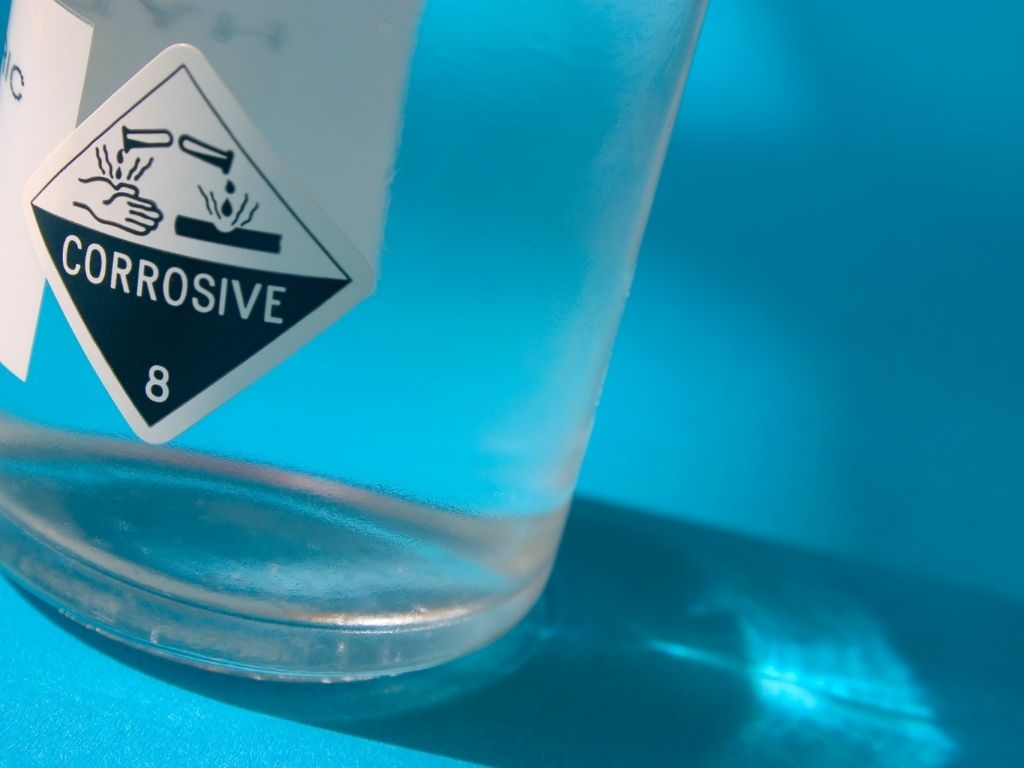
Sodium hydroxide safety.
Storage
Keep your sodium hydroxide flakes or pearls in a hard plastic or glass jar with a tight lid on it. Lye is reactive to many substances but the easiest reaction comes from the reaction to liquids particularly water.
If your container is not air tight the lye can react with the moisture in the air and begin to heat up your container or clump together into larger masses that become harder to break up over time.
The reaction with moister in the air also will eventually reduce the effectiveness of the lye over time.
Not all plastics are created equally in the durability department. lye is a corrosive substance and can begin to eat away at certain types of plastics. Its good to know the best type of plastic container that is best to store your lye.
The recommended type of plastics are
- ETFE
- FEP/TFE/PFA
- FLPP
- HDPE
- LDPE
- PP
- PVC
Of the types of plastics listed above the more common ones you may recognize are HDPE (High Density Poly Ethylene), PP (Polypropylene ) and PVC (Polyvinyl Chloride). You can find more on this information at classicbells.com.
Safety gear
When handling lye for what ever reason it is not only prudent but necessary to ALWAYS WEAR SAFETY GLOVES. This is not an option. Even if you are pouring the chemical out or scooping it up, protect your hands and to a greater extent your forearm from accidents.
Dispose of the gloves you used if they are disposable but for the longer lasting rubber gloves you can run them under water for a minute or two to ensure any stray lye is washed away.
Sodium hydroxide solution
When making soap you will have to mix your lye with some sort of liquid. Water is the most popular option however its not always the only option. Lye when mixed with water can reach temperatures over 200 degrees Fahrenheit.
Water boils at 212 F however with the lye in the water the boiling point is a bit higher. Nonetheless water at that high of a temperature can cause major skin damage. Not to mention the chemical substance of the lye that can eat at flesh.
Protect your body with gloves, long sleeve shirt, an apron, long pants and closed toe shoes.
Shelf Life
Sodium hydroxide seems like it can last forever however due to its chemical make up it is prone to loosing its potency over time.
With proper storage in a proper container in a cool dry area, lye can last for up to a year on the shelf before you can notice its effectiveness beginning to decline.
Conversely lye solution, when lye is mixed with water looses its potency at a much faster rate. Lye solution remains chemically charged for a maximum of 30 days.
If you plan to premix and store your lye solution keep this in mind and use the solution as soon as possible.
Side note. I found this out the hard way. I used a batch of stored lye solution 3 weeks after I made it. Unfortunately I did not have the solution stored in a dark area nor in a dark bottle. The solution degraded faster than normal.
The soaps I made came out extremely filled with glycerin. They were slippery and made cleaning the bath tub and shower areas very hard.
Sodium hydroxide reactions
Lye is a chemical that is volatile and will react with various substances. In many cases the reaction is needed but in others especially as a soap maker they are not.
It is good to note that there are certain metals you want to avoid having contact with lye or lye solution. Aluminum is the main culprit as it reacts fairly quickly and can produce hydrogen gas which is highly flammable.
Metal reactions to steel and iron do occur but at a slower rates and at much higher temperatures or environments than aluminum at room temperature. You can use iron and steel without any noticeable reactions such as with aluminum.
Other reactions can occur with vinegar – it neutralizes lye but gives off heat. Sugars – Some soapers may want to produce a sugar scrub soap or use sugar to boost the bubbliness of the soap but know that lye and sugar can produce carbon monoxide which is poisonous to humans an other animals.
For more information on the safety, usage and material data sheet of sodium hydroxide visit Certifiedlye.com
